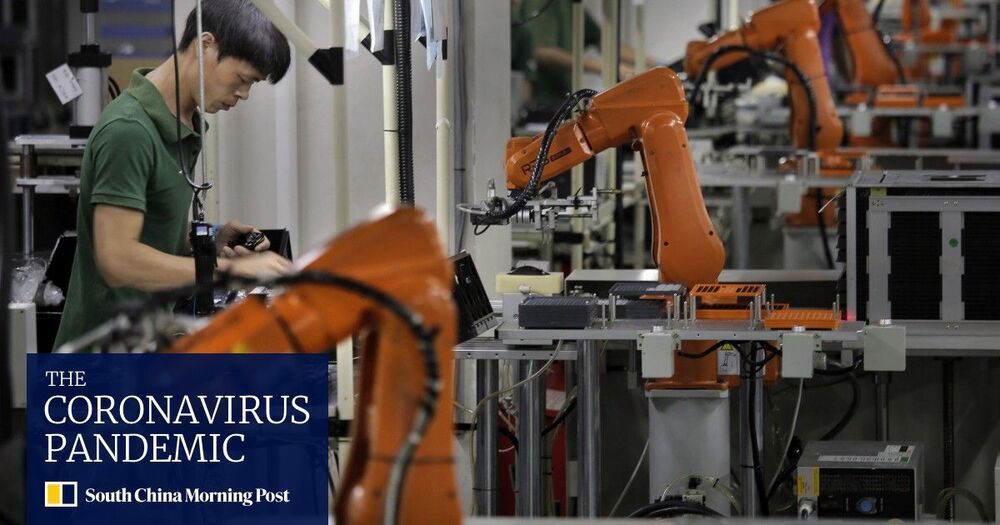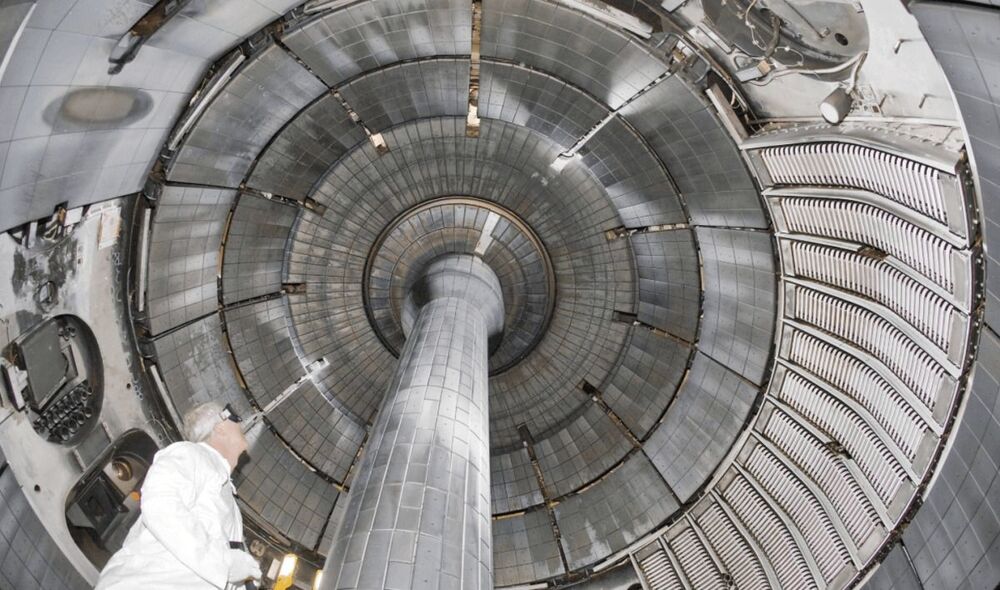A U.S. government intelligence agency develops cutting-edge tech to predict future events.



Beyond AI-powered weapons, the panel’s lengthy report recommended use of AI by intelligence agencies to streamline data gathering and review; $32 billion in annual federal funding for AI research; and new bodies including a digital corps modeled after the army’s Medical Corps and a technology competitiveness council chaired by the U.S. vice president.
The United States should not agree to ban the use or development of autonomous weapons powered by artificial intelligence (AI) software, a government-appointed panel said in a draft report for Congress.


The SpaceX Falcon 9 rocket successfully completed a mission to deploy 143 spacecraft and satellites into orbit on Sunday, after which the rocket returned safely to a sea-based landing pad.
The two-stage Falcon 9 rocket took flight on its ‘Transporter-1′ mission after weather considerations caused the planned launch on Saturday to be scrapped.
Falcon 9 carried 133 commercial and government spacecraft, and 10 ‘Starlink’ satellites — the most spacecraft ever deployed on a single mission, according to SpaceX.
Sunday’s mission was the fifth successful launch and landing for Falcon 9, the company said.
For more info, please go to http://www.globalnews.ca.
Like Global News on Facebook HERE: http://bit.ly/255GMJQ

Government-backed incentives and funding are still the main engines driving Chinese manufacturers to replace humans with robots in industries including pharmaceuticals, medical devices, new infrastructure projects and food processing.
Trade war with US saw many companies relocate outside China, but orders came back last year as Chinese production rapidly rebounded from the coronavirus, and a robotics boom is expected in 2021.

Our internal systems showed no evidence of unauthorized access or compromise in any on-premises and production environments.
Our software remains safe to use, Kleczynski added.
After today’s disclosure, Malwarebytes becomes the fourth major security vendor targeted by the UNC2452/Dark Halo threat actor, which US officials have linked to a Russian government cyber-espionage operation.

This is the third installment in a three-part series. Read parts one and two.
In the third and final part of our series, Fusion Industry Association director Andrew Holland tells Asia Times’ correspondent Jonathan Tennenbaum how the private sector is leap-frogging government programs in the race to develop commercial fusion power plants.
Andrew Holland: So now the private sector is coming in. You mentioned high-temperature superconductors. That’s an important new thing. There’s a whole range of new developments that come from outside of the fusion space that are now being applied.

Since the dawn of time, humankind has looked to the skies and sought to conquer them. For thousands of years we tried and failed until, at last, we could soar amongst the birds. We built biplanes that danced upon gusts of wind, strapped sails to our back and leapt off fog-drenched mountaintops, launched warplanes into the wild blue yonder to rain terror from above. The heavens were soon streaked with the vapor trails of jumbo jets; the oligarchy used its deep pockets for casual jaunts to the threshold of outer space. And then, with the skies at last firmly in our dominion, we once again turned our eyes upward and declared, “Know what would look great up there? Pizza.”
The technology to flood our skies with millions of pizza boxes does not exist just yet, but it’s taken a huge leap forward in Israel, where, The Wall Street Journal reports, Pizza Hut is launching the world’s first ever full-time drone delivery service. The pilot program is being heavily regulated by the government, and Pizza Hut’s human delivery drivers don’t need to worry about being replaced (yet), as the drones will not be making direct-to-customer drop-offs. Instead, the flying robots will bring multiple orders to designated landing zones outside of Pizza Hut’s normal delivery radius, where they’ll be picked up by a driver who will take the pizzas to their final destinations.
The drones’ home base will be a Pizza Hut located in Bnei Dror in Northern Israel, and will allow the restaurant to provide delivery service to an additional 7000 households. The Ministry of Transportation has limited the drones’ flight area to about 50 square miles, and each drone’s limited battery life means there’s little chance of one going rogue.

A friend recently asked me “what do we mean by civilian space development”.Such a question made me understand that, maybe, we were not clear enough about the title of our congress, the Civilian Space Development. Following such understanding, I tried to draw a better rationale, aware that what we wrote was not that self-explanatory as we thought.
It was observed that NASA is a civilian agency, not a military one. And that the commercial space effort is civilian process, not a military one.